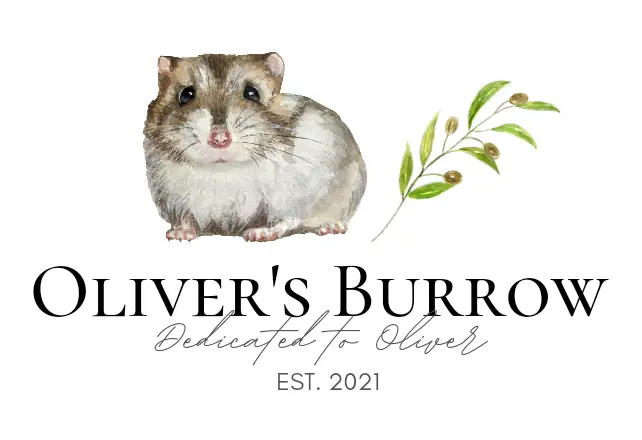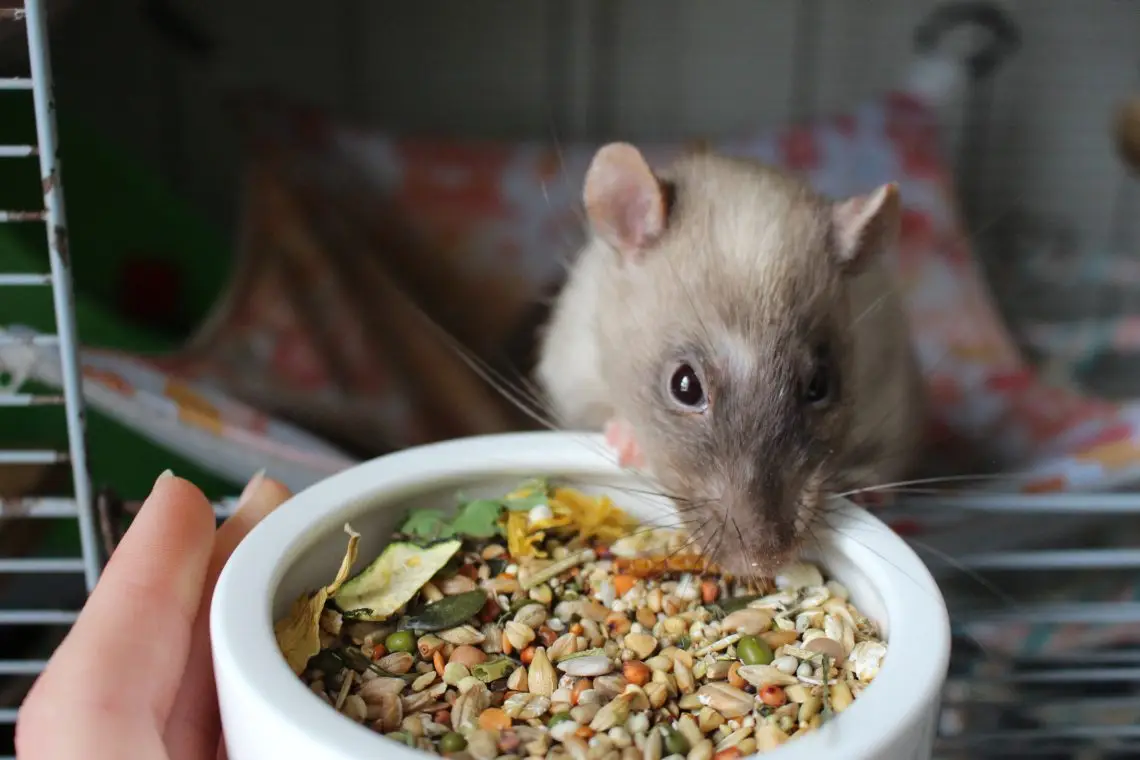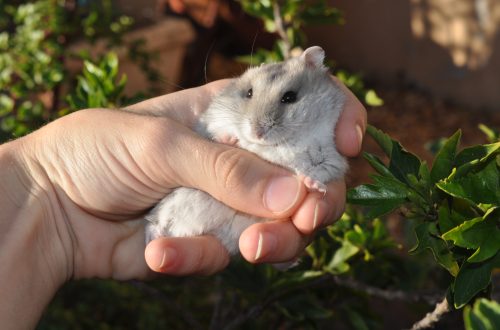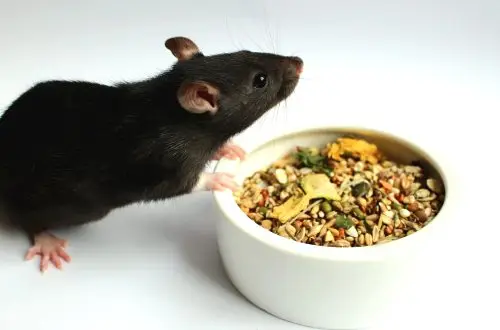Let’s Talk About Dry Mixes and Their Ingredients!
Balancing a dry mix diet can be surprisingly complex, especially when variety is introduced. It must be done in a very specific way, with carefully calculated formulas, where every ingredient’s composition is taken into account.
It is not quite as simple as adding up protein, fat, and fiber percentages. You also need to consider what types of fats the ingredients contain: Are they saturated or unsaturated? Are they rich in healthy fats?
For example: Omega-3 fatty acids include alpha-linolenic acid (ALA), Eicosapentaenoic acid (EPA), and docosahexaenoic acid (DHA).
ALA is found mostly in plant oils such as flaxseed, soybean, and canola oil.
DHA and EPA are found in fish and seafood, that’s why we like to include salmon into our diets!
Omega-6 fatty acids, found in vegetable oils, nuts, and seeds, include gamma-linolenic acid (GLA) — an important compound found in some plant seed oils.
Another essential factor is the calcium-to-phosphorus ratio of each ingredient.
A poor balance can impact bone and kidney health over time.
Ingredient Position Matters:
Some healthy ingredients can be used incorrectly, simply because their nutritional balance isn’t fully considered.
Take oats, for example:
They’re a fantastic ingredient, high in fiber, protein, and healthy fats, but they also contain a lot of phosphorus and can spike blood sugar levels (especially the more processed forms).
Oats should be included in a dry mix, but not as the main ingredient.
Using too much can make the mix harder to balance.
In contrast, barley is a great grain for small animals, lower in phosphorus, kidney-friendly, lower in saturated fat; It makes for a a far more suitable base grain.
What About Legumes?
Sometimes people use legumes like lentils or peas as a main ingredient to boost protein content. While these are nutritious, they’re also:
Very high in phosphorus
Low in fat
Not a large part of a natural rodent diet
Neither rats nor hamsters are designed to eat primarily legumes. They are grainivores, meaning their natural diet consists mostly of grains, cereals, and seeds, not legumes.
(Dwarf hamsters, however, do consume more small seeds than Syrians.)
Not all fats are equal
to raise fat content, some mixes use coconut, which may sound healthy but it is 92% saturated fat and offers very little nutritional value. It’s best used sparingly as a treat, not a staple.
The position of each ingredient on the list matters greatly, it reflects how much of it is in the mix!
Omnivores Need Variety.
Rats and hamsters are omnivores, so their diet should include a small amount of animal proteins, ideally from insects, but scrambled eggs or plain chicken also make great additions to fresh meals.
Variety is key to ensuring your pet receives a wide range of nutrients. Each ingredient contributes something different and together, they make for a more enriching, nourishing diet.
A dry mix should not meet 100% of a rodent’s dietary requirements on its own. It’s meant to be part of a combined diet with fresh foods, which fill in the nutritional gaps and create a complete, balanced plan.
We hope this gives you more insight into what really goes into a healthy dry mix and what to look for when choosing one.
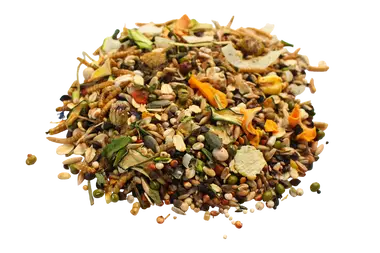
Post Categories
- Dry Mixes (3)
